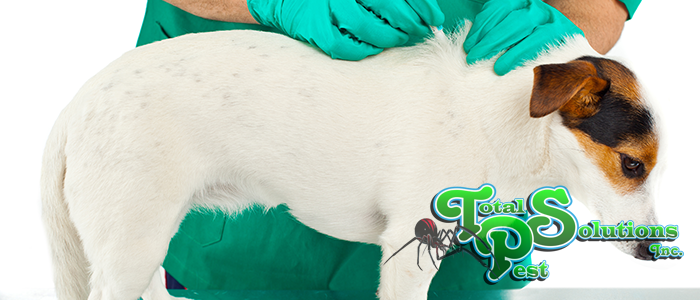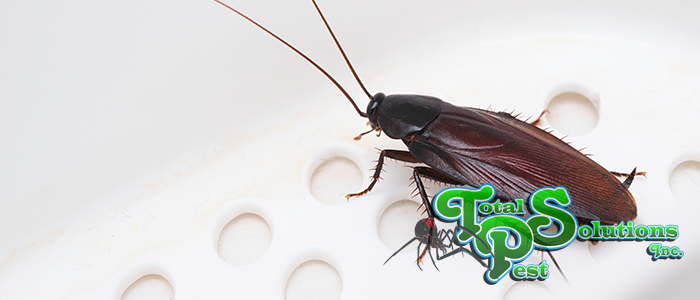
Trying to check for bed bugs is a fairly simple process, but you need to be thorough to ensure no infestations take place. This simple, easy-to-follow guide can assist you in identifying problem areas of your home that might harbor them, the symptoms that come from their presence, and how to remove them from your home.
Introduction
An insect known to cause illnesses, small wounds, skin irritations and itching after feeding on humans – One of the more common pests in American homes. This insect is the common Cimex lectularius, a.k.a. the ‘Bed Bug’, and has a diet mainly consisting of human blood. Unfortunately, as many as 40% of homes in the United States are believed to have had an infestation of these pests at least once, and that number is quickly growing as stated by the 2018 Bugs Without Borders survey. This means that you need to have a defined process in order to check for bed bugs.
High Traffic Areas
It’s been stated by pest professionals that they’ve most frequently found infestations of Bed Bugs in places like apartments, single-family homes, and hotels or motels, especially during the Summer months when most are vacationing. Keep in mind, cleanliness of a building does not mean there is no danger of these insects hiding unseen. When travelling, be aware that almost any residence can contain and infect your luggage with carry-on pests.
It would be wise to follow these later steps in a hotel before you begin settling in.
Strange Bumps
The bite of a bedbug contains a paralytic saliva that prevents pain in hosts during feeding. Thus, when small, strange bumps with odd patterns begin appearing on your body, there may be a chance that there’s an uninvited guest within your bed.
Note: A medical professional can also assist in recovery from their bites. They’ll often prescribe medicine to reduce the swelling an irritation.
Checking Your Bedding, etc.
If you cannot find any other reasons for these ‘strange bumps’ to be appearing, it might be time to start looking for these parasites beneath your sheets. Begin by removing all covers down to the mattress itself; until nothing remains but the bare frame. There, once revealed, you can begin searching for them.
Their preferred nesting ground is dark, cramped spaces like the crevice of your mattresses – Begin there, and once finished search elsewhere around your bed; from the nightstand, to even the electrical sockets themselves.
Identification
Many pest professionals have been contracted by homeowners to treat a cockroach or flea infestation, only to reveal that, upon examination, the insect was something different entirely.
A Bed Bug is a small, flightless insect with stubby legs, segmented antennae, and an overall ‘tick or cockroachlike’ shape. These insects hide in crevices and nooks when their preferred prey (humans) aren’t sleeping. Although tiny, they are still detectable without equipment. Additionally, they can be seen by the human eye – Their size is approximately 4mm to roughly 6mm in total length.
These household parasites have a very flat, rust-red appearance; on occasion their coloration seeming a purple or darker brown. Their shading is variable depending on the last time they fed. The eggs or nymphs of this species are smaller, often white ‘dots’ in the same crevices as the adults.
Though, another telling sign are small reddish or brown patches on your mattress. These are the spots of blood from their bites.
Treatment
Once you’ve identified these pests as a problem through a check for bed bugs, thus begins removing them from your home. Unfortunately, treating bedbug infestations can be a difficult process for anyone that isn’t a licensed specialist in extermination. Without the proper care and experience in annihilating their populace, you can have a resurgence from a single mating pair.
Recommendations for removal would be to, first, thoroughly clean all your bedding, clothing, floors, and anywhere else that they may be hiding with hot water (above 115°F) with clothes-washing, steamers, and anything else to overwhelm them. Afterwards, purchase a bedbug proof mattress cover to starve any that might remain hiding within.
Alternatively, you might have more success with contacting a local exterminator to assist in the process of cleansing your home.
continue reading
Related Posts
The Importance of Scheduling Regular Lawn Care Services for a […]
The Ultimate Guide to Spotting and Eliminating Flea Infestations in […]
The Menace of Cockroach Infestations in Lake Alfred Homes Cockroach […]






